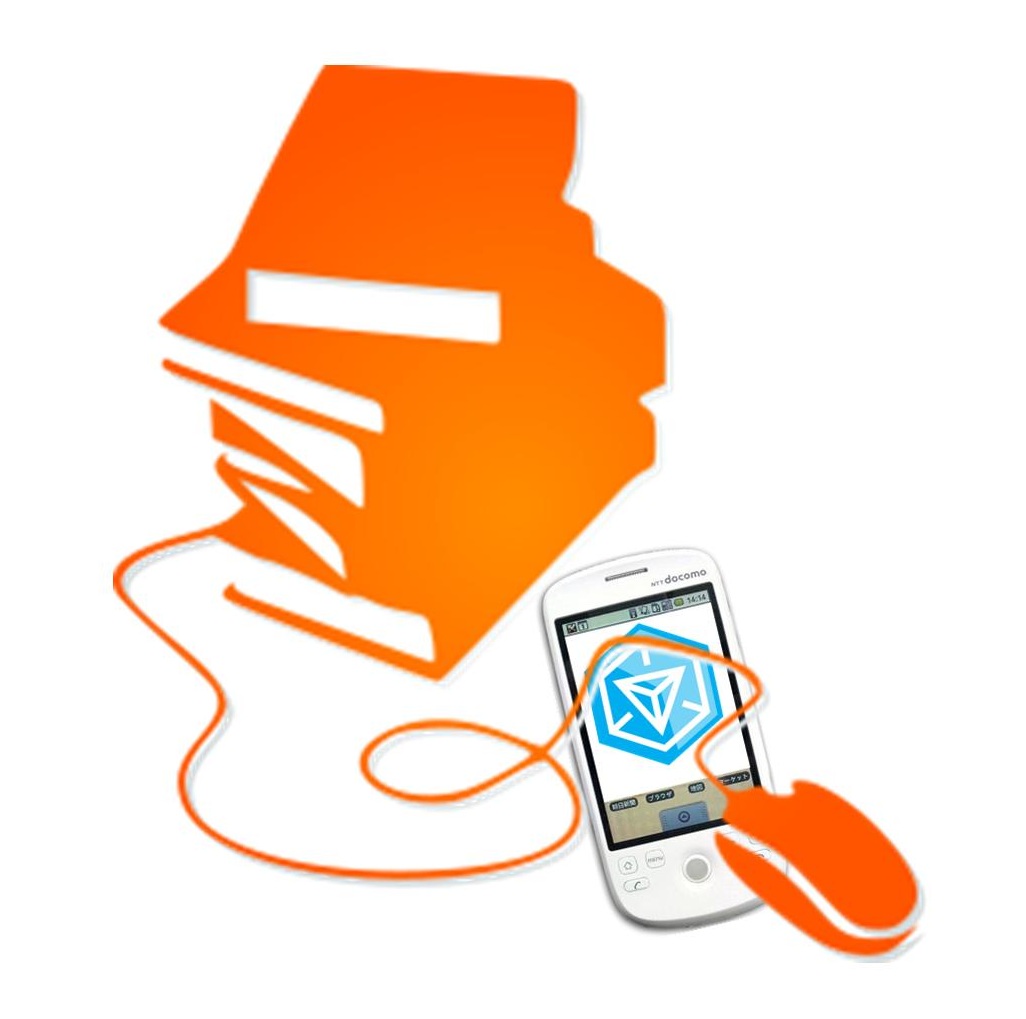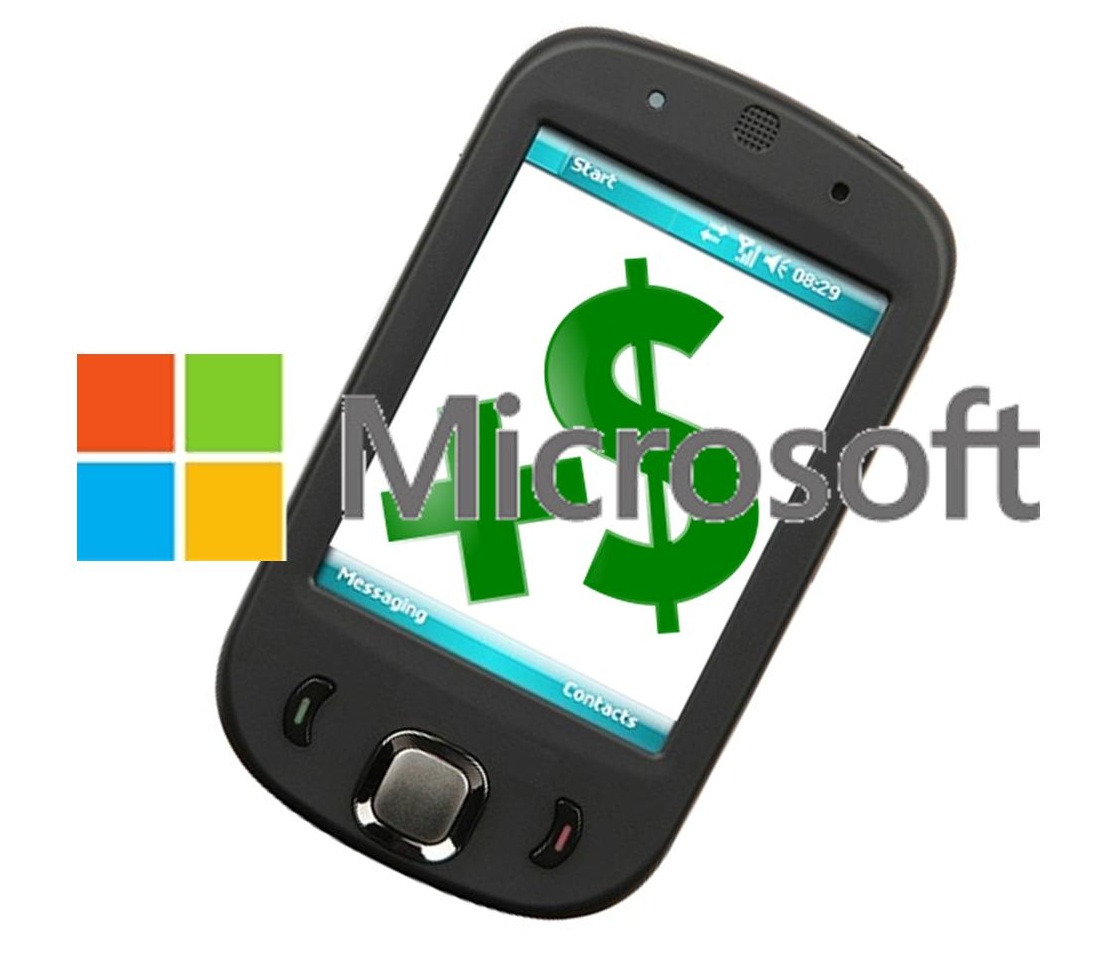 Niantic Labs, the startup behind Ingress, is now launching a new line of digital books.
Niantic Labs, the startup behind Ingress, is now launching a new line of digital books.
Google startup, Niantic Labs, has announced that it will be launching a new line of ebooks which are based on its wildly popular Ingress augmented reality mobile gaming experience.
The video game has become massively popular, even though it has not even seen its full release yet.
Ingress is an Android based augmented reality multiplayer game that first launched in its beta form last November. It remains possible to play it by invitation only, and yet it has managed to take off with explosive popularity. Now, its creators will be taking the experience another step forward with the release of this new line of digital products.
The augmented reality experience within this game will soon be broadened with the new product line.
On Friday, the company announced that the line of ebooks linked to the mobile gaming experience would be launched. The augmented reality book line has been dubbed “The Alignment”. So far, they have all been written by Thomas Greanias. This author is also the writer behind the Trilogies that were on the New York Times bestsellers list, Dominium Dei, and Raising Atlantis.
The first of these ebooks, The Alignment: Ingress, will be released through Google Play on April 2 but will then move on to other digital bookstores over time, following that initial sale date. These books will be linked to the Ingress mobile gaming experience and will feature various different types of perks and digital experiences, such as embedded codes and augmented reality.
The books in this new augmented reality ebook line will be co-published by Niantic, as well as the author’s own @lantis Books. Should the digital versions prove to be highly successful, there may be print versions of the same books to follow.
Niantic Labs is not only the creator of the augmented reality mobile gaming experience, Ingress, but it is also behind several other projects. These include the new Field Trip app that has been released by Google.
Given the popularity of the augmented reality game even before its official full release, it is not entirely surprising that these related digital products are being released to complement it. What would be surprising is if this were the last of the developments of this nature.

 Information about a new system on the Windows Phone platform has just been released involving Zero-Effort.
Information about a new system on the Windows Phone platform has just been released involving Zero-Effort.